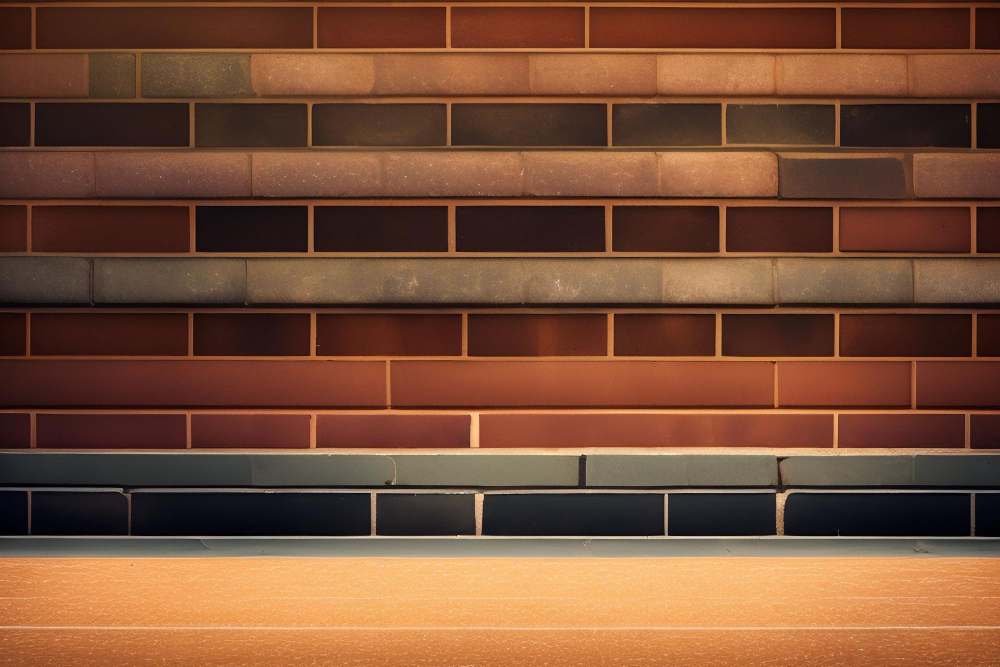
Mastering Wallpaper Fixing in Qatar: Expert Tips and Techniques
Are you tired of those outdated wallpaper designs and want to give your space a fresh, new look? Wallpaper fixing Qatar is a fantastic way to transform your walls without breaking the bank. In this detailed guide, we’ll explore the art of wallpaper fixing and help you master the process step by step. Whether you’re a DIY enthusiast or a beginner in the world of home improvement, we’ve got you covered.
Preparing for Wallpaper Fixing
Gather the Necessary Tools and Materials
Before diving into the wallpaper fixing process, ensure you have the following tools and materials on hand:
- Wallpaper rolls
- Wallpaper adhesive
- Wallpaper smoother
- Utility knife
- Measuring tape
- Level
- Pencil
- Sponge
- Bucket
- Drop cloth
Choose the Right Wallpaper
Selecting the perfect wallpaper is crucial for a successful wallpaper fixing project. Consider the room’s color scheme, the style you want to achieve, and the durability of the wallpaper. Remember, different wallpapers may require different adhesives.
Wallpaper Fixing Techniques
Preparing Your Wall
To ensure a smooth wallpaper application, it’s essential to prepare your wall properly:
-
Clean the Surface: Remove any existing wallpaper, and clean the wall surface thoroughly. Ensure there is no dust, grease, or residue left behind.
-
Repair Imperfections: Fill in any cracks, holes, or imperfections in the wall with putty or spackling compound. Sand the area until it’s smooth and level.
Measuring and Cutting
Accurate measurement and cutting are key steps in wallpaper fixing:
-
Measure Your Wall: Measure the height and width of your wall and add a few extra inches to ensure you have enough wallpaper. This is especially important if your wall has irregularities.
-
Cut the Wallpaper: Cut the wallpaper into strips, ensuring they match the wall’s height and align the patterns if necessary. Use a level to ensure your cuts are straight.
Applying Wallpaper Adhesive
Now it’s time to apply the adhesive:
-
Mix the Adhesive: Follow the manufacturer’s instructions to mix the wallpaper adhesive in a clean bucket.
-
Apply Adhesive to the Wall: Using a roller or a brush, apply the adhesive evenly to the wall, one strip at a time.
-
Hang the Wallpaper: Carefully hang the wallpaper strips onto the adhesive. Start from the top and work your way down, smoothing out any air bubbles as you go.
-
Trim Excess Wallpaper: Use a utility knife to trim any excess wallpaper from the top and bottom.
Smoothing and Final Touches
-
Smooth the Wallpaper: Use a wallpaper smoother or a clean, damp sponge to smooth out any bubbles or wrinkles.
-
Repeat the Process: Continue applying wallpaper strips, matching the patterns until the entire wall is covered.
Wallpaper Fixing FAQs
Q: How do I remove old wallpaper before fixing a new one?
A: Removing old wallpaper involves soaking, peeling, and scraping. Be patient, and ensure the wall is clean and smooth before applying the new wallpaper.
Q: Can I wallpaper over damaged walls?
A: It’s best to repair damaged walls before wallpapering. Fix any cracks or holes, and ensure the surface is smooth.
Q: What if I make a mistake when hanging the wallpaper?
A: Don’t worry, mistakes happen. Simply peel the wallpaper back gently and reposition it.
Q: How long does wallpaper fixing take?
A: The time required depends on the size of your wall and your experience. On average, a single wall can take a few hours to a day.
Q: Can I wallpaper over textured walls?
A: It’s possible but challenging. You’ll need to apply a wallpaper liner to create a smooth surface.
Q: Do I need to hire a professional for wallpaper fixing?
A: While it’s a DIY-friendly project, hiring a professional ensures a flawless finish, especially for complex patterns.
Conclusion
With the right tools, materials, and techniques, wallpaper fixing can be a rewarding DIY project. By following this comprehensive guide, you’ll be well on your way to transforming your space and creating a stunning new look for your walls.


